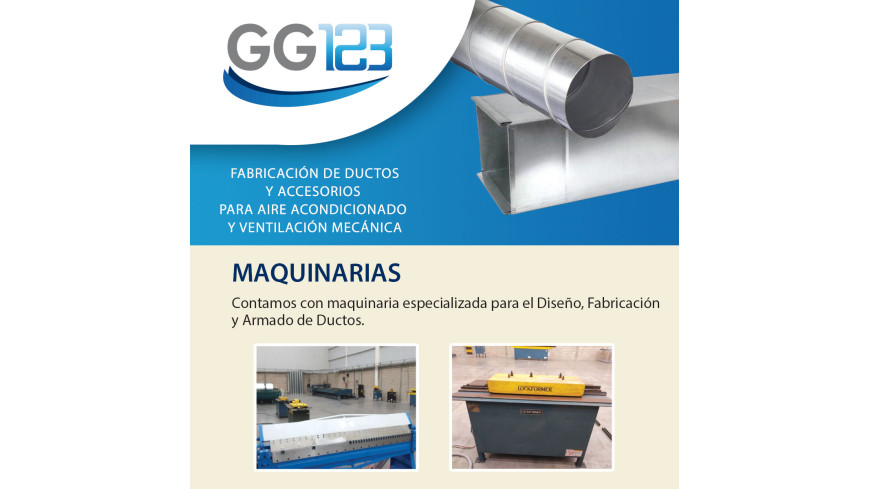How to make round ducts for air conditioning and mechanical ventilation systems?

Air conditioning and mechanical ventilation systems are essential to maintain a comfortable environment in houses and buildings. However, for them to work efficiently, it is necessary to have a good design and the installation of ducts capable of distributing the air evenly. In this article, we will show you how to make round ducts for air conditioning and mechanical ventilation systems easily and simply.
Select materials:
The first step is to select the materials that will be used to build the ducts. The most common are metal and plastic.
Metal is the most widely used material due to its durability and ability to resist corrosion. However, plastic ducts are easier to install and are usually less expensive.
Flanges are also an important component of round ducts as they are used to join tubes together. Metal ties are the most common option, but materials such as plastic or acrylic can also be used.
Measure and cut the ducts:
Once the materials have been selected, the next step is to measure and cut the ductwork. It is important to carefully size your ducts to ensure they are large enough to allow adequate airflow. The material is then cut with a specialized tool or machinery.
The size of the ducts directly affects the efficiency of the air conditioning or mechanical ventilation system. Therefore, it is necessary to calculate the proper size of the ducts to guarantee a uniform and efficient airflow.
There are several factors to consider when calculating the proper size, such as the capacity of the air conditioning system, the amount of air that needs to be distributed, the length of the ductwork, and the number of bends in the system.
You can use online calculation tools or consult with an HVAC expert to help you calculate the proper size.
Use specialized tools or machinery:
To measure and cut ducts, it is important to use specialized tools or machinery to ensure proper accuracy and quality. Common tools for cutting ductwork include circular saws, sheet metal cutters, and metal shears. In addition, tools or machinery are also needed to bend and assemble the tubes, such as pliers, spanners, and riveters.
Assemble the ducts:
The next step is to assemble the ducts. For round ducts, flanges are added to both ends of the pipe to connect them. These flanges must be strong enough to hold the ducts together for the entire time of use.
Install the ducts:
After the ductwork is assembled, the next step is to install it. This involves the connection of the ducts to the air conditioning or mechanical ventilation system. Make sure that the connections are secure and airtight to prevent air leaks.
Leaks can reduce the efficiency of the air conditioning or mechanical ventilation system, which can increase energy costs and reduce indoor air quality. Specialized duct tape and silicone sealant are recommended to ensure a watertight connection.
Carry out periodic inspections:
Once the ducts are installed, it is important to perform regular inspections to make sure they continue to function properly. This includes checking the connections and cleaning the ducts to avoid the accumulation of dust and dirt.
In conclusion, making round ducts for air conditioning and mechanical ventilation systems is not very complicated if you have the right materials and tools or machinery. However, each step must be followed carefully to ensure that everything will be correctly assembled and connected.














Leave a Reply Cancel Reply